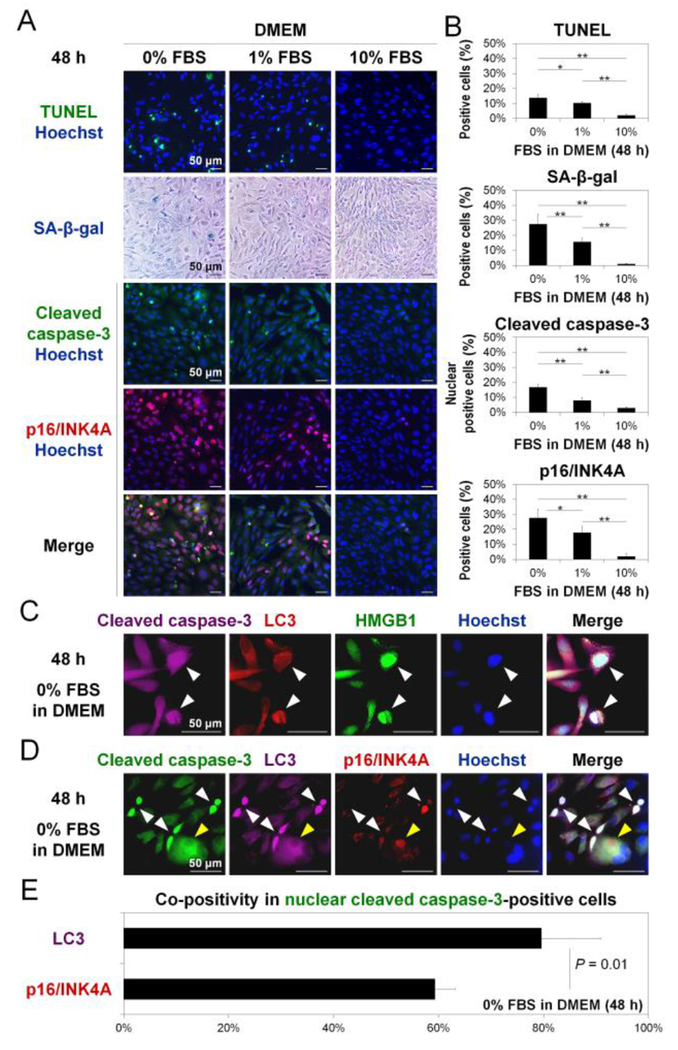Fig. 5. Reduced serum concentration increases disc cellular apoptosis and senescence, which co-exist with autophagy.
(A) Terminal deoxynucleotidyl transferase dUTP nick end labeling (TUNEL) staining (green), senescence-associated β-galactosidase (SA-β-gal) staining (blue), and immunofluorescence for cleaved caspase-3 (green) and pl6/INK4A (red) in cells after 48-h culture in Dulbecco’s modified Eagle’s medium (DMEM) with 0%, 1%, or 10% fetal bovine serum (FBS). Hoechst (blue) was used for fluorescent counterstaining. Images shown are representative of four experiments with similar results (n = 4). (B) Changes in the percentage of positive cells for TUNEL, SA-β-gal, nuclear cleaved caspase-3, and pl6/INK4A in serum deprivation. The number of total and positive cells was counted in ten random low-power fields (×100). Data are mean ± SD (n = 4). One-way analysis of variance with the Tukey-Kramer post-hoc test was used. *P < 0.05. **P < 0.01. (C) Immunofluorescence for cleaved caspase-3 (purple), light chain 3 (LC3) (red), high mobility group box 1 (HMGB1) (green), and Hoechst (blue) in cells after 48-h culture in DMEM with 0% FBS. Images shown are representative of four experiments with similar results (n = 4). (D) Immunofluorescence for cleaved caspase-3 (green), LC3 (purple), pl6/INK4A (red), and Hoechst (blue) in cells after 48-h culture in DMEM with 0% FBS. Nuclear cleaved caspase-3-positive cells are indicated by white arrows. Nuclear cleaved caspase-3-negative but pl6/INK4A-positive cells are indicated by yellow arrows. Images shown are representative of four experiments with similar results (n = 4). (E) The percentage of co-positivity for LC3 or p16/INK4A in nuclear cleaved caspase-3-positive cells in DMEM with 0% FBS at 48 h. The number of positive cells was counted in ten random low-power fields (×100). Data are mean ± SD (n = 4). The Student t-test was used.

